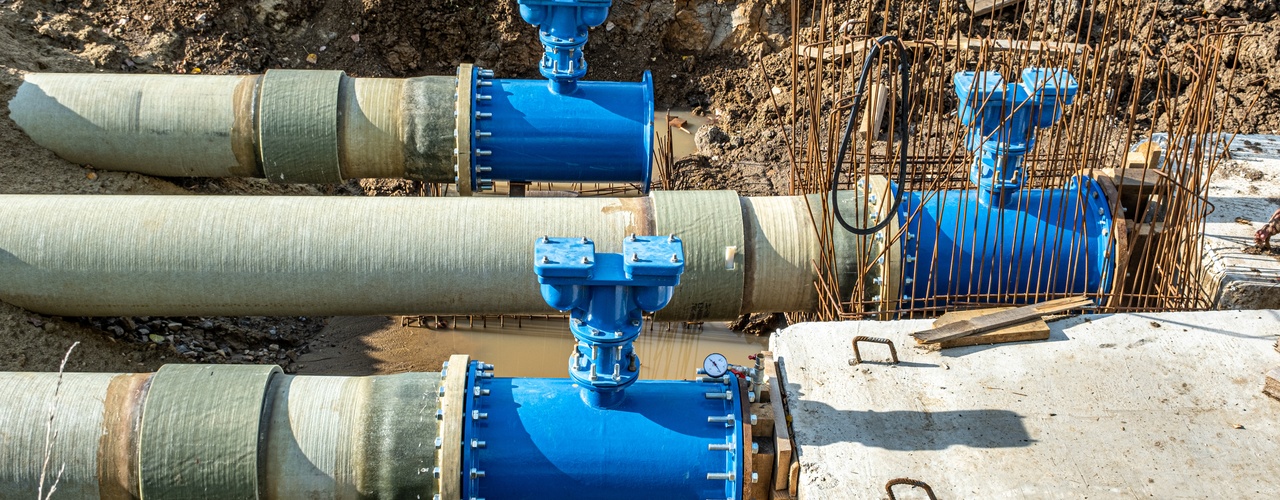Plastic pipelines are revolutionizing industries like construction and urban development due to their practicality and efficiency. With increasing demand for sustainable and cost-effective materials, plastic pipelines are becoming the go-to choice for engineers and planners globally. We’re diving into five things to know about plastic pipelines and what sets them apart in the infrastructure world.
Durability and Longevity
One standout feature of plastic pipelines is their unmatched durability. Unlike traditional materials like metal, plastic pipelines resist corrosion caused by moisture, chemicals, and environmental factors. This is vital in water, gas, or sewage systems, where durable materials minimize the need for frequent repairs.
Plastic pipelines often maintain functional integrity for 50 years or more when installed properly. Their long lifespan makes them a reliable choice for engineers working on long-term infrastructure projects.
Cost-Effectiveness
Cost constraints are a significant factor in any project, and this is where plastic pipelines excel. They are cheaper to produce compared to materials like steel or copper and cut back on transportation and maintenance costs.
Their lightweight nature reduces shipping expenses, while the resistance to corrosion keeps ongoing maintenance and repair budgets low. For project planners, this translates into less financial strain and a better return on investment.
Installation Advantages
Installation challenges can delay projects and increase expenses. Engineers and construction teams prefer plastic pipelines because they are lightweight, easy to handle, and quick to install. Traditional materials often require more manpower, heavy machinery, or specialized techniques.
Plastic pipes, on the other hand, streamline the process with flexible jointing methods like heat fusion and push-fit systems. This makes onsite modifications smoother and significantly accelerates installation times without compromising on safety or performance.
Environmental Benefits
Environmental impact is a growing concern, and plastic pipelines address this issue in meaningful ways. Manufacturing plastic requires substantially less energy than producing metals, which reduces overall carbon emissions. Transporting these lightweight materials also consumes less fuel compared to heavier alternatives.
Furthermore, many plastic pipes are recyclable, meaning they can be repurposed at the end of their service life instead of contributing to landfill waste. This sustainable approach aligns with global efforts to reduce the environmental footprint of new developments.
Versatility and Applications
Plastic pipelines are incredibly versatile, making them suitable for diverse applications. Whether in water supply systems, gas distribution, sewage networks, or industrial processes, plastic pipes provide consistent performance.
For instance, the flexibility of plastic allows it to adapt to various terrains without cracking under pressure. This is particularly advantageous in case of shifting soil or extreme weather conditions.
When it comes to maintaining sewer pipelines, a common problem is blockages in the lines. Engineers and maintenance teams often notice warning signs, such as frequent backups, foul odors, slow drains, or gurgling noises. By using plastic pipes designed to resist buildup and chemical corrosion, teams can prevent many of these common issues, ensuring smoother operations and minimal disruptions.
With their durability, cost-efficiency, adaptability, and environmental benefits, the primary thing to know about plastic pipelines is that they present a modern solution to many challenges faced in engineering and construction. Their versatility across industries further solidifies their role as essential tools in building efficient infrastructures.





